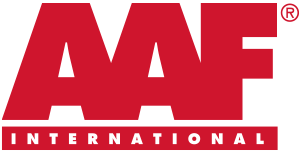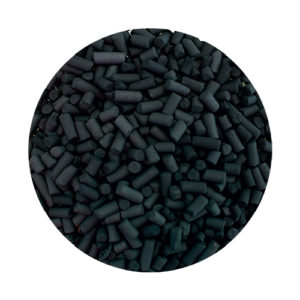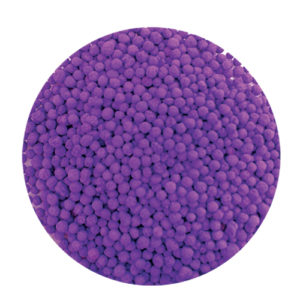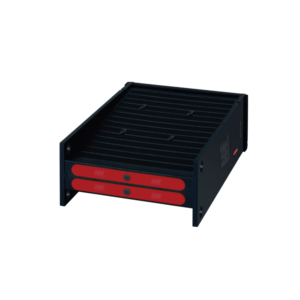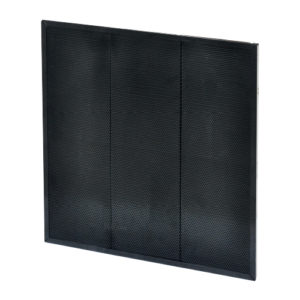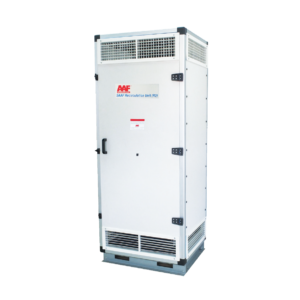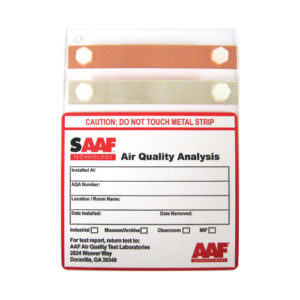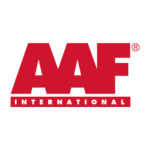อุตสาหกรรมการผลิตเยื่อกระดาษและกระดาษ
ในอุตสาหกรรมการผลิตเยื่อกระดาษและกระดาษนั้นก่อให้เกิดสิ่งปนเปื้อนต่างๆ มากมายที่เป็นมลพิษ ไม่ว่าจะเป็นเถ้าลอยที่เกิดจากหม้อต้มไอน้ำ หรือโซเดียมซัลเฟอร์ที่เกิดจากกระบวนการผลิต อีกทั้งยังมีฝุ่นและสารเคมีอื่นๆ ที่เกิดขึ้น
สาเหตุหลักในการเกิดสารปนเปื้อนจะมาจากกระบวนการการผลิตเยื่อกระดาษ ในขั้นตอนการผลิตเยื่อกระดาษคราฟท์นั้นจะมีกลิ่นเหม็นที่เกิดขึ้นจากกระบวนการผลิต ซึ่งเป็นสารเคมีที่เรียกว่า Sulfur compounds
นอกจากนี้ การใช้หม้อต้มไอน้ำหรือการผลิตไฟฟ้าโดยใช้ถ่านหินหรือน้ำมันก่อให้เกิดเถ้าลอย , ซัลเฟอร์ไดออกไซด์ และ ไนโตรเจนออกไซด์ ปัจจัยรองลงมาที่ก่อให้เกิดการปนเปื้อนคือกระบวนการการฟอกสีกระดาษ ซึ่งใช้กรดมะนาวในกระบวนการผลิต
การมีระบบกรองอากาศที่ดีในระบบปรับอากาศจะสามารถช่วยลดฝุ่นที่เกิดจากเยื่อได้ อีกทั้งยังมั่นใจได้ว่าฝุ่นที่ดักจับไปนั้น จะทำให้กระดาษมีคุณภาพที่ดี และยังปกป้องอุปกรณ์ต่างๆ ในการผลิตกระดาษอีกด้วย
อย่างน้อยที่สุดห้องคอนโทรล จำเป็นที่จะต้องป้องกันการกัดกร่อนที่จะไปมีผลกระทบต่ออุปกรณ์ต่างๆ เครื่อง Pressurize with purifier unit และ Recirculate air purifier unit สามารถเข้ามาช่วยให้ความเสี่ยงที่จะเกิดขึ้นจากการกัดกร่อนลดลงอย่างเป็นนัยสำคัญ
Pulp & Paper
Pulp and paper operations present multiple challenges for air pollution control. Steam boilers produce fly-ash, process equipment creates salt cake accumulation, and in-plant processes create various kinds of dust and fumes.
The primary source for gaseous contamination in pulp and paper mills is the pulping process. In the Kraft pulping process, highly malodorous emissions of reduced sulfur compounds are produced. These compounds are measured as total reduced sulfur (TRS) and include hydrogen sulfide, methyl mercaptan, dimethyl sulfide, and dimethyl disulfide. These sulfur compounds are often described as smelling like rotten cabbage. In the sulfite pulping process, sulfur oxides are also emitted in fairly significant concentrations. Other pulping processes, such as the mechanical and thermomechanical methods, generate significantly lower quantities of air emissions.
In addition, steam and electricity-generating units using coal or fuel oil emit fly ash, sulfur oxides, and nitrogen oxides. A secondary source of corrosive gases in the pulping process is during the bleaching step. These bleaching chemicals, which often include lime, are caustic and cause corrosion to occur.
Optimize Your Filtration and Improve Your Environment
For particulate filtration, several stages of HVAC-type air filtration products are employed to help keep the wood fiber and associated dust to a minimum. Ensuring that this dust is removed is extremely important to both the paper quality and the maintenance of the pulping equipment and paper production machines.
At a minimum, protection of the control room includes pressurization with purified air. This prevents corrosive gases from infiltrating the control room and causing corrosion problems. Additionally, recirculation air may require cleaning, if the room is a high traffic area or there are other internal sources of contaminants.



Products & Solutions
-
Gas Phase Filtration
SAAF™ Air Purification Systems: Pressurization and Recirculation Unit (PRU) and Recirculation Unit (RU)
Rated 0 out of 5Read more
